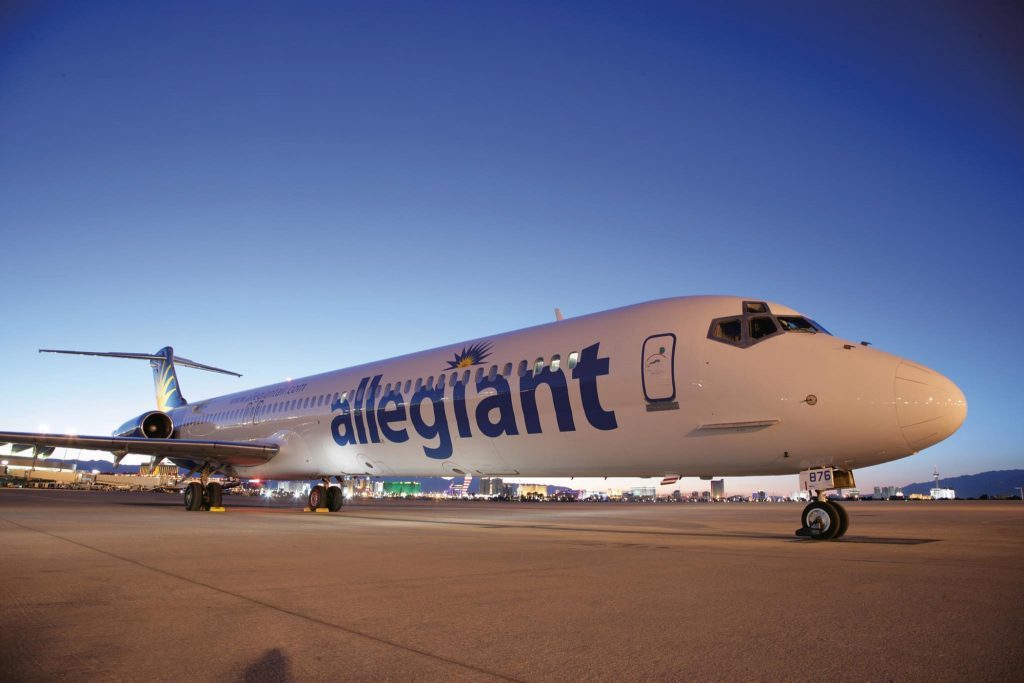How Damaging Will a 60 Minutes Report Be to Allegiant Air?

Skift Take
The 60 Minutes report on Sunday about Allegiant Air was solid, serious journalism. But it wasn't much of a surprise to industry insiders, who have known about the carrier's issues for awhile. Will executives have to deal with a wider fallout now?
Allegiant Air on Monday fought back against a potentially damaging television news story about its operations, saying a 60 Minutes report on Sunday produced a "one-sided narrative by cherry-picking interviews ignoring publicly-available facts."
But investors have shunned the airline's stock, pushing it down more than 12 percent since Thursday, as travelers have questioned on social media and elsewhere whether they should continuing flying the discount airline.
The 60 Minutes segment highlighted safety issues at the airline, focusing on a slew of miscues, including mid-air engine failures, smoke and fumes in the cabin, rapid descents, flight control malfunctions, hydraulic leaks and aborted takeoffs. During a less than two-year period, ending in October, Allegiant Air reported more than 100 serious mechanical incidents to the Federal Aviation Administration, while its aircraft made 60 unscheduled landings and reported 46 in-flight emergencies, according to 60 Minutes.
The mechanical issues plaguing Allegiant were well-known before in aviation circles and had been reported on, including by Skift. But the 60 Minutes report suggested the U.S. discount airline, which flew about 12 million passengers last year, mainly from smaller cities to popular vacation destinations, such as Las Vegas and Orlando, has a culture that may prioritize profits over safety. Few airlines anywhere in the world have lower costs — or higher profits — than Allegiant.
Both the airline and the FAA, which was criticized in the segment for not cracking down on Allegiant, on Monday tried to assure passengers Allegiant is safe.
"The FAA exercises rigorous oversight of Allegiant, as they do all airlines operating in the United States," Allegiant said in a statement. "Allegiant complies with all FAA requirements and participates in numerous voluntary safety programs to ensure we operate to the highest standards.
The FAA, meanwhile, said in a statement that it had "engaged" in 48 compliance actions against Allegiant Air "in which we investigated violations and ensured the carrier took corrective action." It added, "the FAA conducts ongoing evaluations of Allegiant’s safety compliance, as it does with all carriers, and has not identified any significant or systemic problems with the carrier’s curren
